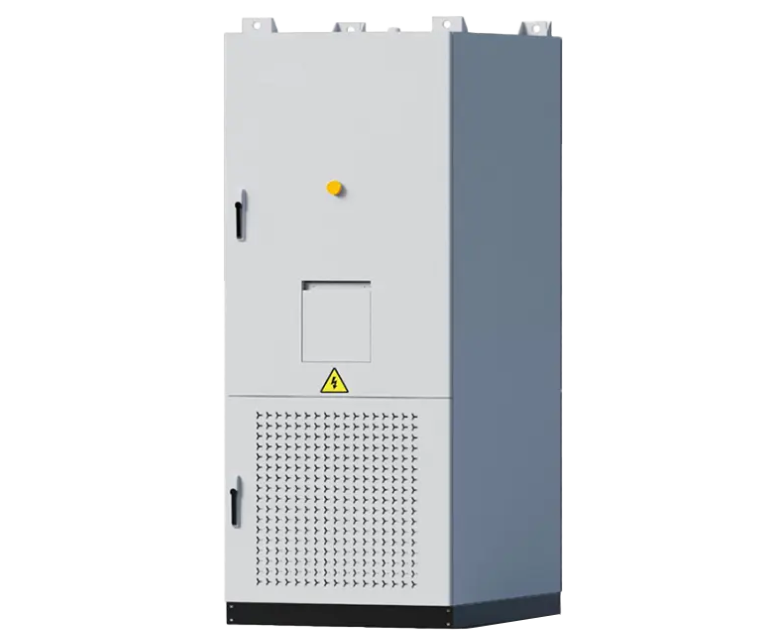Content
This is the most important function. It can effectively resist the invasion of outdoor wind, rain, dust, ice and snow, salt spray (coastal areas) and insects and ants, and prevent internal equipment from being damaged by moisture, dust accumulation or corrosion.
The sturdy box and reliable locks provide a physical barrier to prevent theft and damage for expensive built-in equipment, and can also prevent unauthorized personnel from misoperating.
Electronic equipment generates a lot of heat when running, and the outdoor ambient temperature varies greatly (the temperature inside the cabinet may be extremely high under the sun in summer and extremely low in winter). The outdoor cabinet maintains the temperature inside the cabinet within the range required for normal operation of the equipment through the built-in temperature control system (such as air conditioning, heat exchanger, fan, etc.), preventing the equipment from restarting or being damaged due to overheating or overcooling.
It integrates previously dispersed equipment (such as network equipment, transmission equipment, power supplies, batteries, etc.) into a unified, compact space and provides standardized mounting holes (such as 19-inch racks), making the equipment layout orderly and the cable management standardized, making maintenance and troubleshooting easier.

Usually, IP65 or IP55 protection level is adopted. IP65 means complete dustproof and can prevent low-pressure water spray from all directions, which means that even in strong winds and rainstorms, water and dust cannot enter the cabinet, and the reliability is extremely high.
The cabinet body is usually made of high-quality cold-rolled steel plate (with anti-rust treatment), stainless steel (such as 304/316) or glass fiber reinforced polyester (FRP). These materials have strong corrosion resistance, anti-aging and anti-ultraviolet resistance, and can withstand long-term wind and sun exposure.
Common temperature control methods include:
Industrial air conditioning: strong cooling capacity, suitable for areas with high heat generation or extremely hot areas.
Heat exchanger: heats away heat through internal and external circulation isolation, which can effectively prevent dust from entering and has a high energy efficiency ratio.
Fan + filter: heats away heat through forced ventilation, which is low cost, but the filter needs to be replaced regularly to prevent dust accumulation.
Built-in lightning arresters, power distribution units (PDUs) and circuit breakers provide stable and safe power supply for the equipment and can effectively deal with the threat of outdoor lightning surges.
Before selecting, you must clarify the specific environment of the installation site (such as maximum/minimum temperature, rainfall, wind and sand conditions, whether it is coastal) and the number, size, total power consumption and heat generation of the equipment to be installed. This is the basis for selecting the appropriate protection level, material, size and temperature control solution.
The cabinet must be reliably grounded. Good grounding is not only a requirement for the safe operation of the equipment, but also a key measure to prevent lightning strikes and ensure personnel safety.
Plan cable entry: Cables are usually introduced from the bottom of the cabinet. Use waterproof connectors or cable glands to seal the cable entry to prevent water and insects from entering here and destroying the sealing of the entire cabinet.
During installation, sufficient space should be reserved around the ventilation openings of the cabinet (especially the heat exchanger and air conditioner fins) to avoid being close to the wall or piled with debris. Otherwise, the heat dissipation effect will be seriously affected, causing the temperature control system to fail.
Even high-quality cabinets require regular maintenance. This includes: Checking whether the sealing strips are aging and cracking. Cleaning the air conditioner/heat exchanger filter and heat dissipation fins. Checking whether the locks and hinges are flexible and reliable. Checking whether there is condensation or moisture inside.